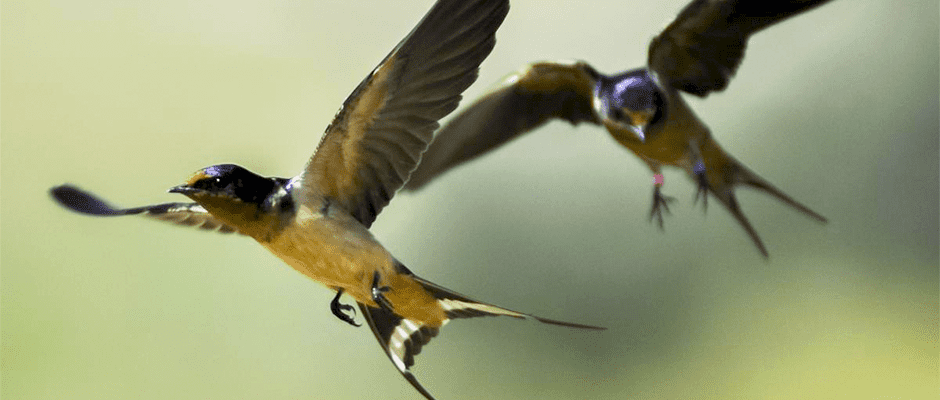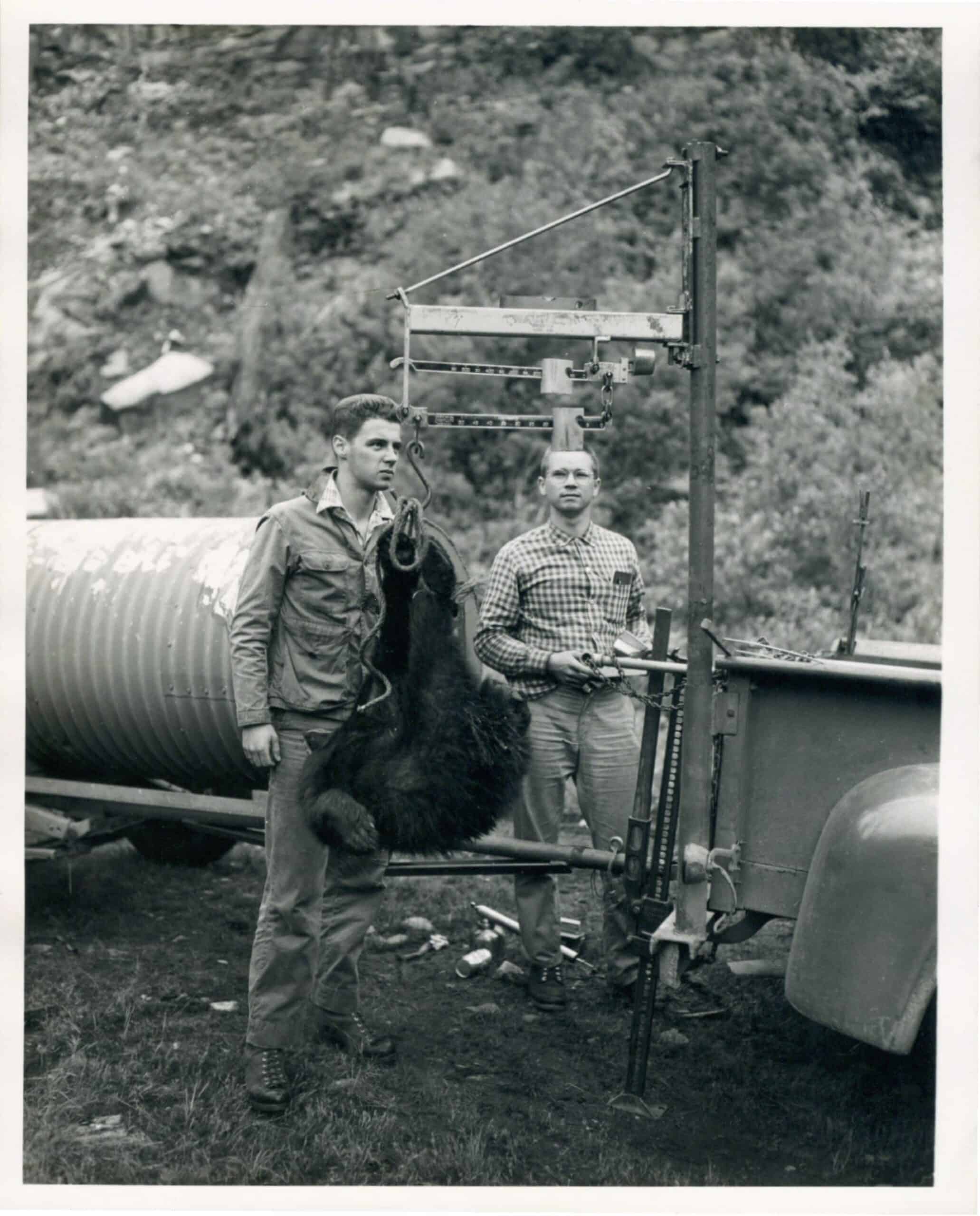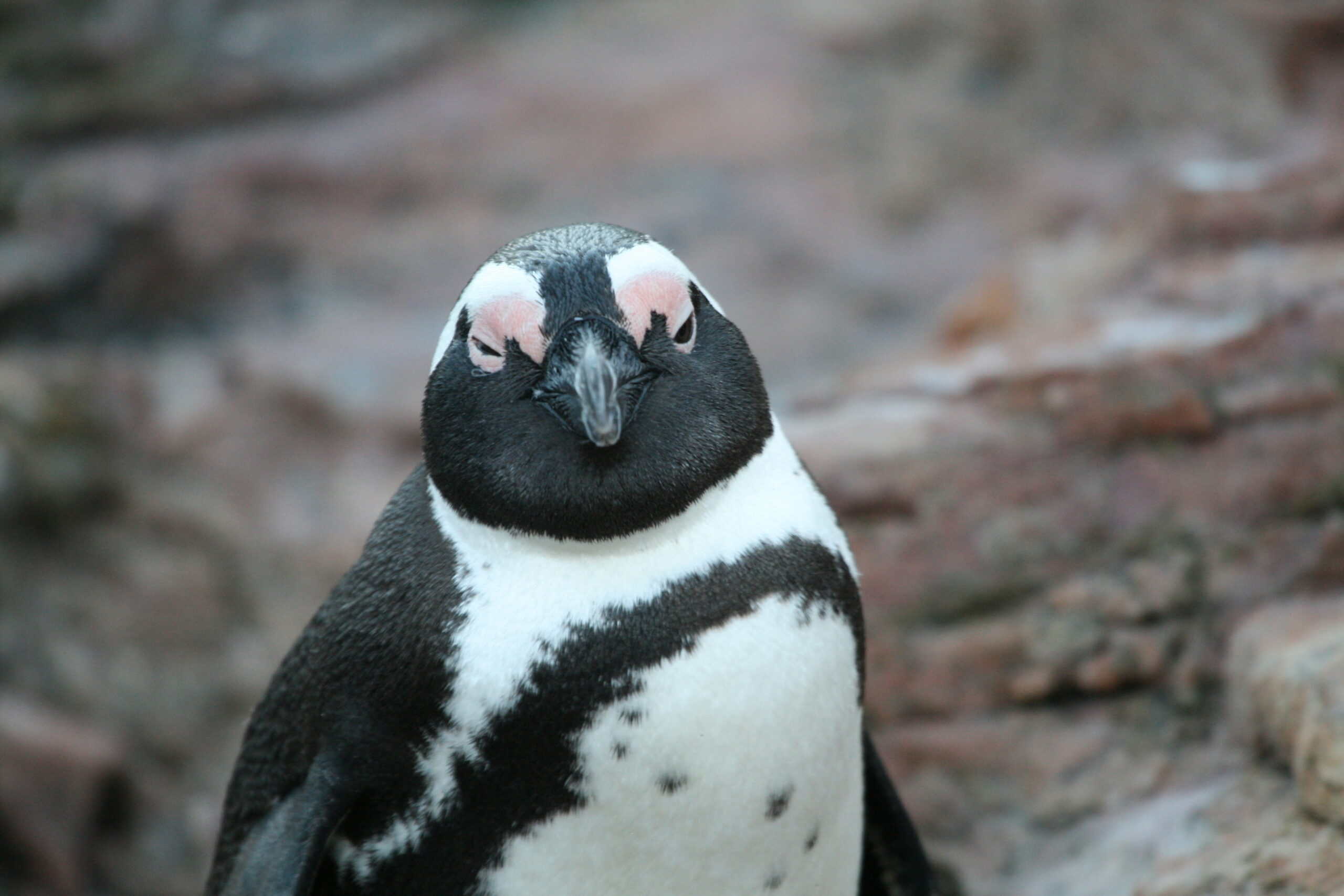Share this article
Did barn swallows evolve thanks to humans?
What would a barn swallow be without barns? According to recent research, maybe nothing at all. After studying the birds’ DNA, researchers believe it may be impossible to separate barn swallows’ evolution from the human landscape in which they evolved.
“It’s an example of humans really profoundly affecting nature and wild populations,” said Chris Smith, lead author of the study in Molecular Biology.
After studying the birds’ genome, researchers at the University of Colorado, Boulder believe that the barn swallows’ evolution is tied to human presence.
“We probably indirectly affect all species on earth, but this is a drastic example of humans shaping biodiversity on earth,” said Smith, a graduate student in ecology and evolutionary biology and the Interdisciplinary Quantitative Biology program at the University of Colorado.
Barn swallows (Hirundo rustica) exist across the Northern Hemisphere. Their characteristic mud cup nests are not just a common sight on the sides of buildings and bridges — they’re rarely found on anything but human structures. That had researchers wondering how much of a role humans and their buildings may have played in the birds’ evolution.
“Barn swallows nest on human structures almost exclusively,” Smith said. “We know their ecology is tied to humans, so we hypothesized that barn swallow populations had grown as human populations have grown.”
Previous research suggested that the six barn swallow subspecies diverged from their North African ancestors about 100,000 years ago, Smith said, long before human settlement. But those findings were inconclusive, he said. His team wanted to take another look, using genomics.
Looking at the two subspecies farthest apart evolutionarily, North America’s H. r. erythrogaster and Egypt’s H. r. savignii, his team examined the genomes of 16 barn swallows. That gave them a dataset more than 10,000 times bigger than the previous studies had, allowing them to get a more complete picture of the timeline as the subspecies separated.
The divergence, they found, appeared to be much later than previously thought — maybe as recently as 7,000 or 8,000 years ago. “Nothing’s proven,” Smith said, but if their findings are correct, that would suggest barn swallows evolved at the same time human settlement was creating more and more structures in which to nest.
Smith believes a founder event — when a small number of individuals are able to succeed in a new environment free from competitors — occurred as a population of barn swallows reached a landscape settled by humans.
Because the birds rely so heavily on human structures for nesting, biologists had long believed that they were important for the species success. Based on the results from his analysis, Smith believes the relationship is even more profound. He hypothesizes that before human structures like barns, barn swallows may not have existed.
Header Image: A recent study suggests that barn swallows evolved alongside the presence of humans. ©Matt Wilkins








